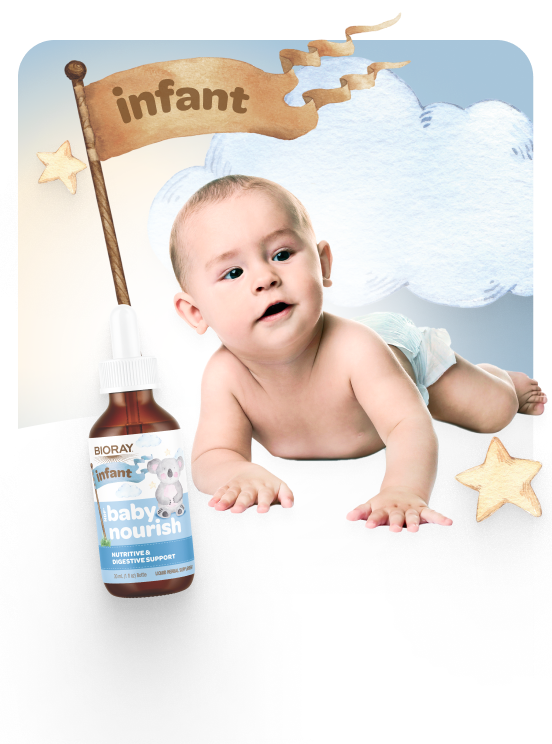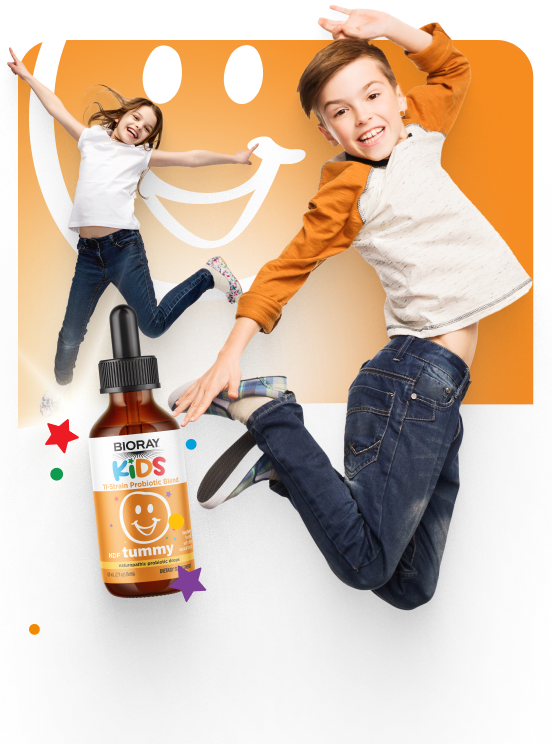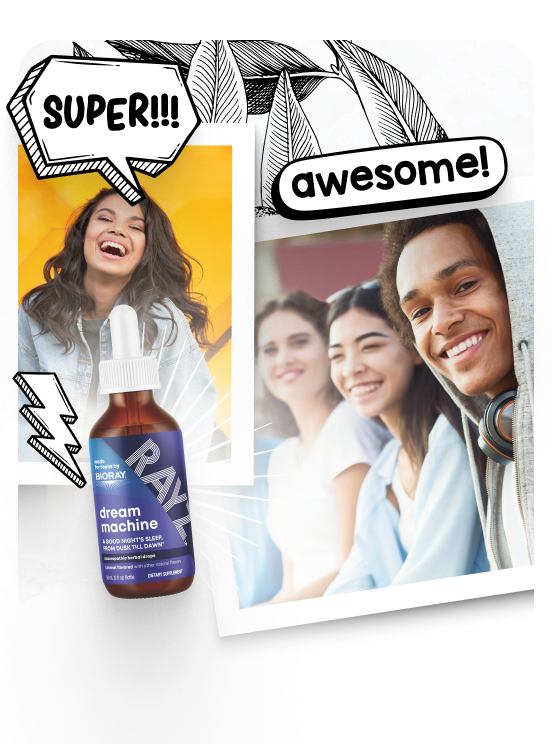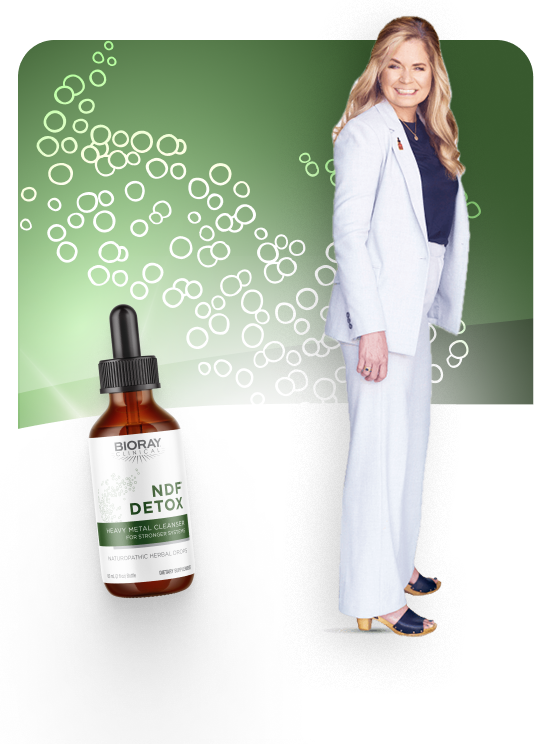Understanding a “Detox Reaction”

How Plant-Based Detoxifiers Benefit Chemical Detoxifiers
The Detox Series, Article 3
By Stephanie Ray, BCN, ND
A detox reaction indicates toxins are being removed from the body faster than the main organs of elimination (bowels, liver, kidneys) can comfortably excrete. This often represents congestion in a bodily system. The excess is removed through the lungs and/or skin resulting in symptoms such as a runny nose, headache, sore throat, cough, skin irritation, sweating, or an exacerbation of existing symptoms. It is not necessary to experience a detox reaction during detoxification. In fact, this indicates the remedy, dose, or frequency of dose needs to be adjusted and/or additional organ support is needed.
Detoxing too quickly in an imbalanced body triggers the release of cortisol from the adrenal glands [1][2]. High cortisol levels inhibit the immune response, lead to unstable blood sugars, high histamine, and an imbalance in electrolytes like sodium and potassium. Cortisol must also be broken down and filtered by the liver for the body to eliminate. This slows down the healing process.
An effective way to see if toxins, such as heavy metals, chemicals, lactic acid, and others are leaving the body is by measuring first morning urine pH. If upon awakening, urine pH is in the healthy range of 5.5 – 6.2, we know acidic toxic waste is leaving the body. If the first morning urine pH range is higher than 6.2, this can indicate the body is unable to detoxify efficiently and support the main organs of elimination (bowels, liver, kidneys) is recommended [3].
Balancing Western Chelation affects with Natural Detoxification Methods
NDF® and NDF Plus® mitigate many of the side effects associated with DMPS and DMSA due to their bioelectrical balancing of the terrain. NDF® and NDF Plus® have an anionic impact offsetting the cationic affect of both the chemical chelators and the heavy metals. When the terrain is balanced then it’s difficult for health issues to manifest and if health issues are present, is easier for them to disappear. This is where an individual will have a state of well-being and experience progress.
Di-thiol chelators go straight for the heavy metals and dislodge them; however they are not efficient at binding to them. One study reports, “We show that neither DMSA nor DMPS forms a true chelate complex with mercuric ions and that these drugs should be considered suboptimal for their clinical task of binding mercuric ions” [4]. When these chelators are given in combination with NDF® or NDF Plus®, an increase in the elimination will occur due to the M.I.E.R. binding capabilities.
A Practical Approach to Avoid Detox Reactions and Redistribution of Toxins
If the liver or kidneys are congested, the bowels are not moving efficiently and/or the dose of a detoxifier is too high, more metals will be mobilized than the organs can comfortably excrete. This increases the chance of experiencing a detox reaction and contributes to redistribution.
Here are 7 steps to mitigate detox reactions, the redistribution of toxins and promote balance in the body:
- Support the structure and function of the liver.
- Restore healthy first morning urine pH to 5.5 – 6.2 range.
- Ensure hydration and increase liquids to flush toxins.
- Move the bowels at least twice a day.
- Balance chemical chelators with natural binding agents such as NDF® or NDF Plus®, activated charcoal, bentonite clay, modified citrus pectin.
- Use appropriate dose of detoxifiers for the patient. Begin with a low dose and titrate up as tolerated. Increase dosage as body’s terrain comes into balance.
- Give constitutional support remedies.
*These statements have not been evaluated by the Food and Drug Administration. These products are not intended to treat, diagnose, cure, or prevent any disease.
- http://www.healingpartnership.com/articles/adrenal-disorders/
- http://www.novusdetox.com/press/dependence.php?include=139840
- T. Ray, Heavy Metal Detox Without A Healing Crisis. 2001 Explore! for the Professional, Volume 10, Number 6
- GeorgeGN, PrinceRC, GailerJ, ButtigiegGA, DentonMB, HarrisHH, PickeringIJ. ; Mercury binding to the chelation therapy agents DMSA and DMPS and the rational design of custom chelators for mercury. Chem Res Toxicol. 2004 Aug;17(8):999-1006. http://www.ncbi.nlm.nih.gov/pubmed/15310232








